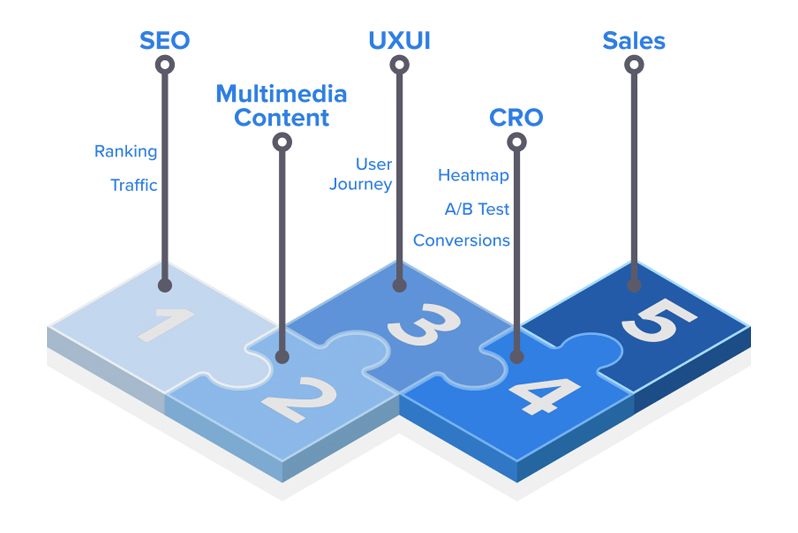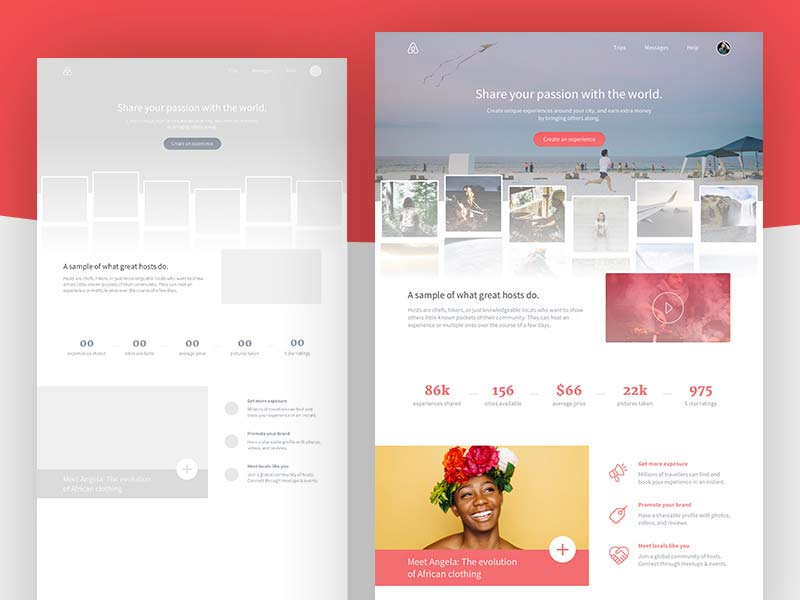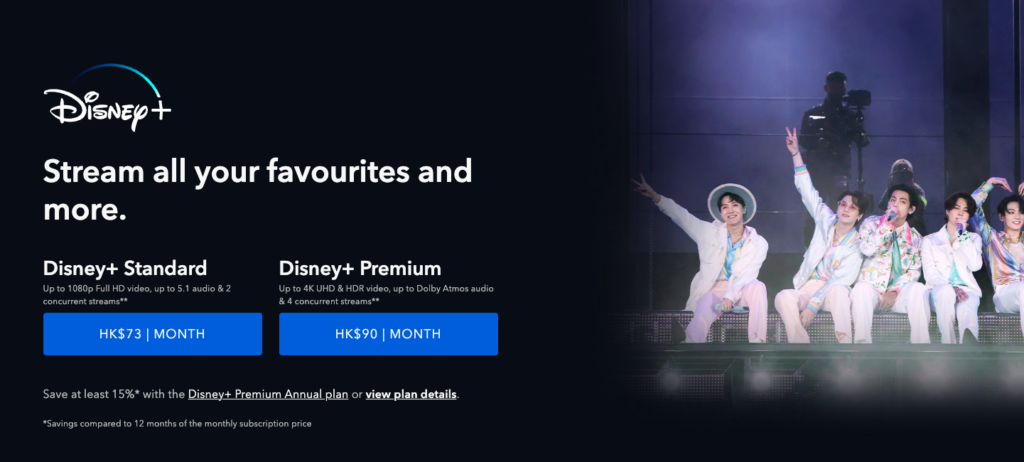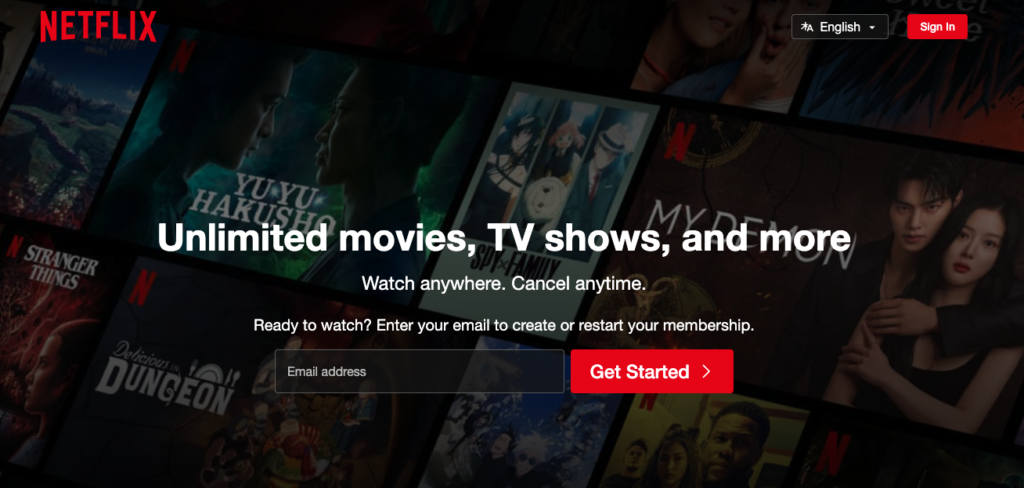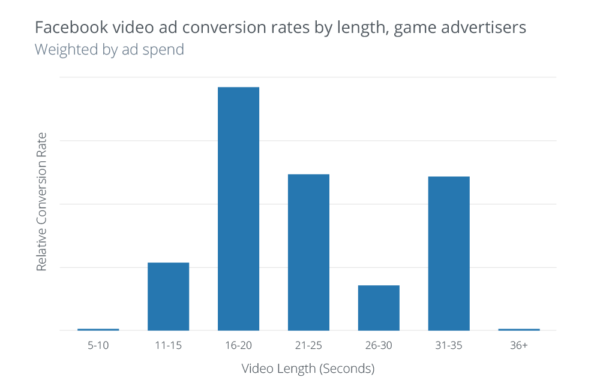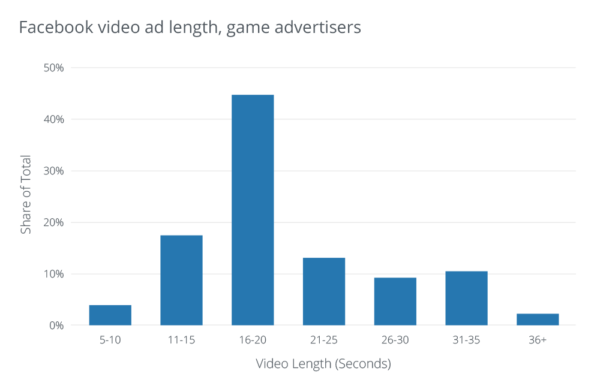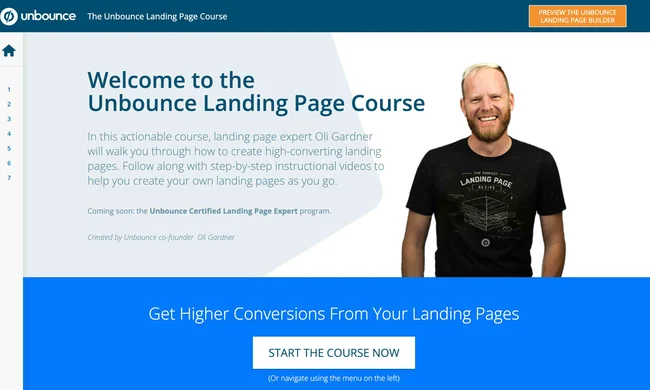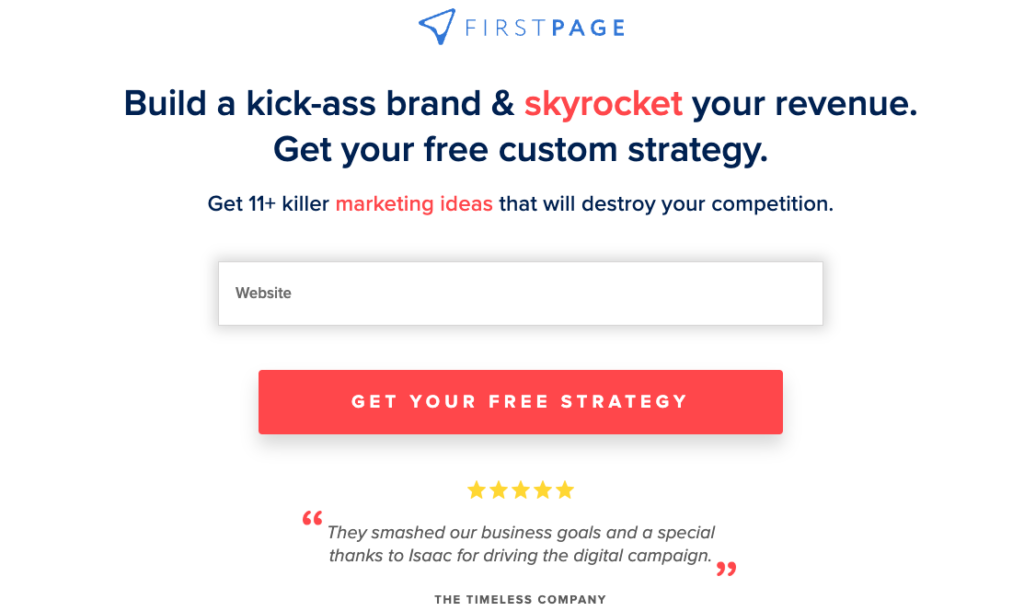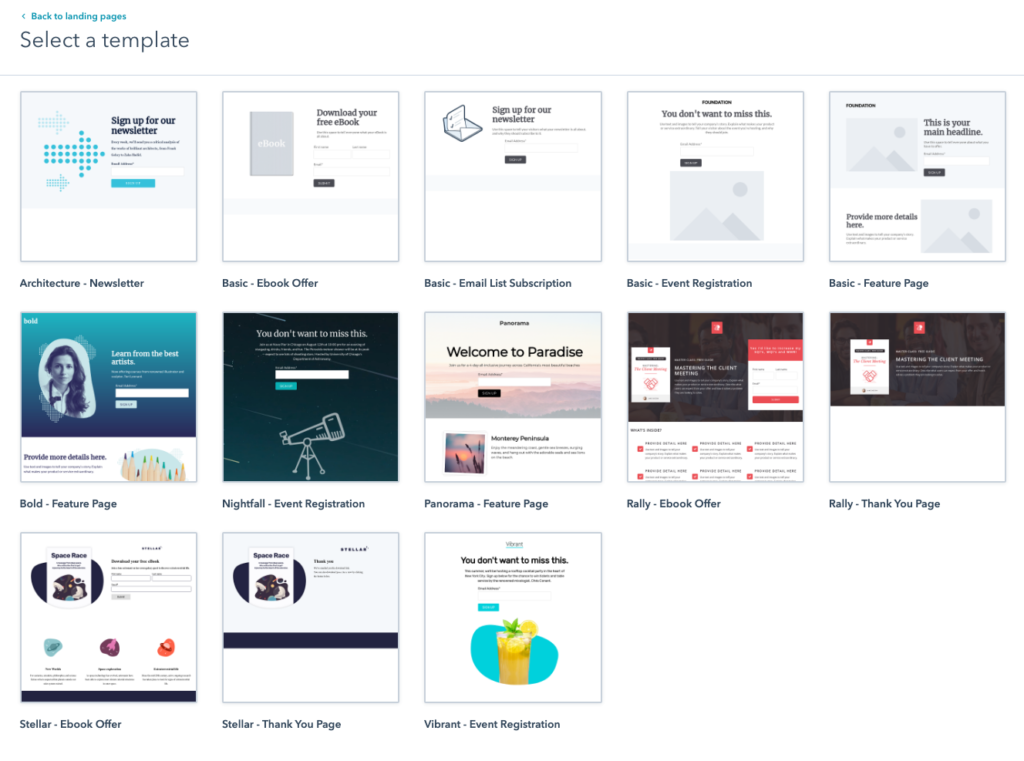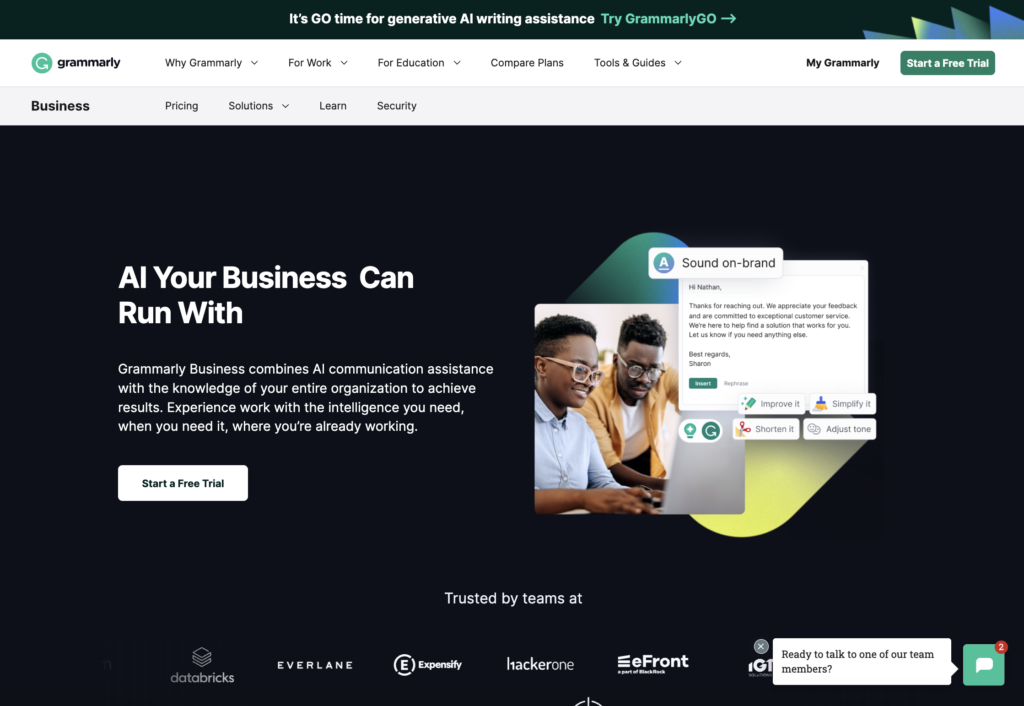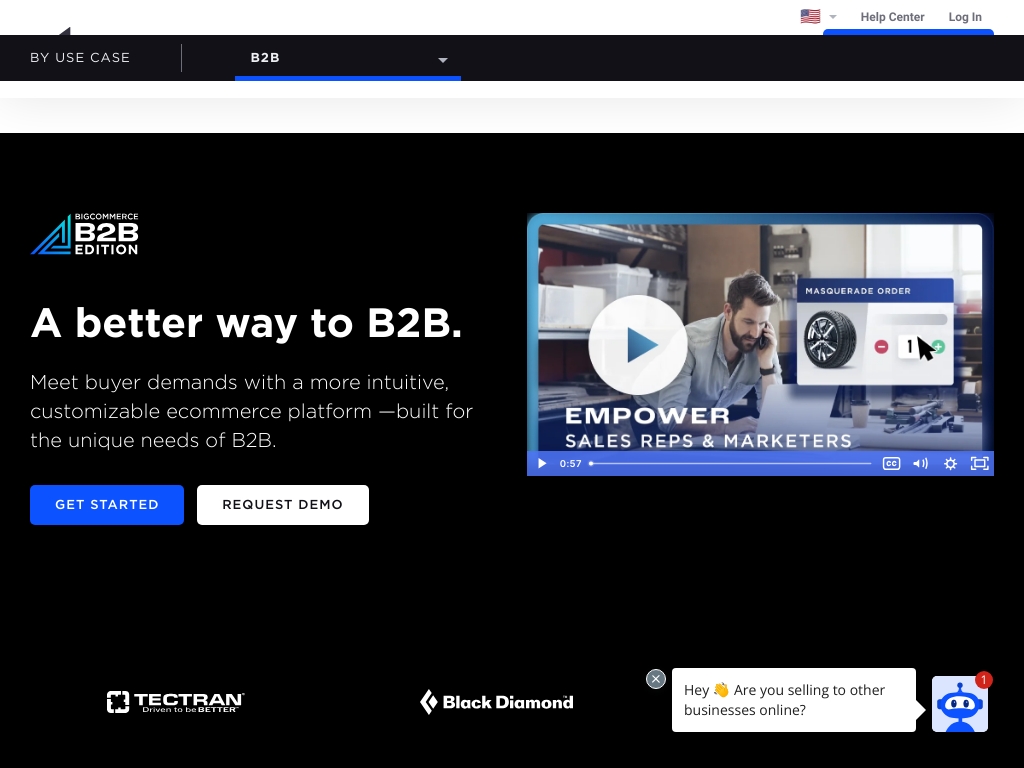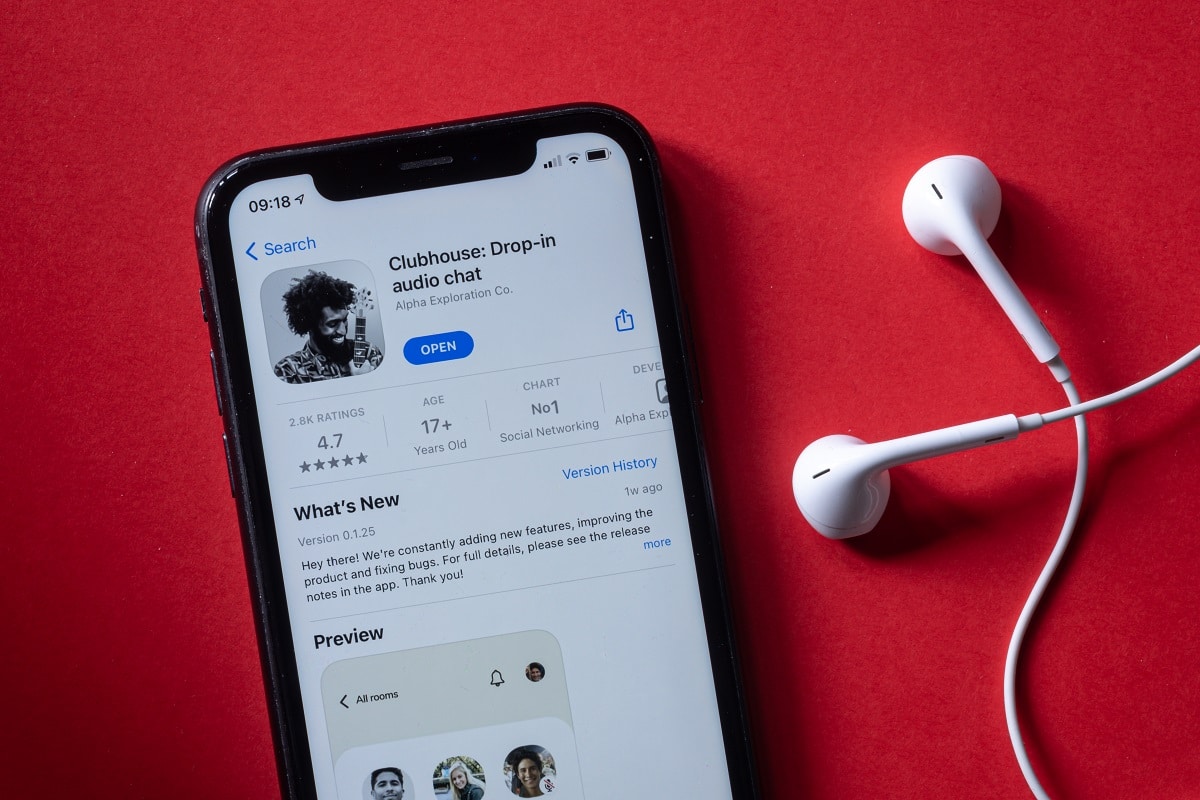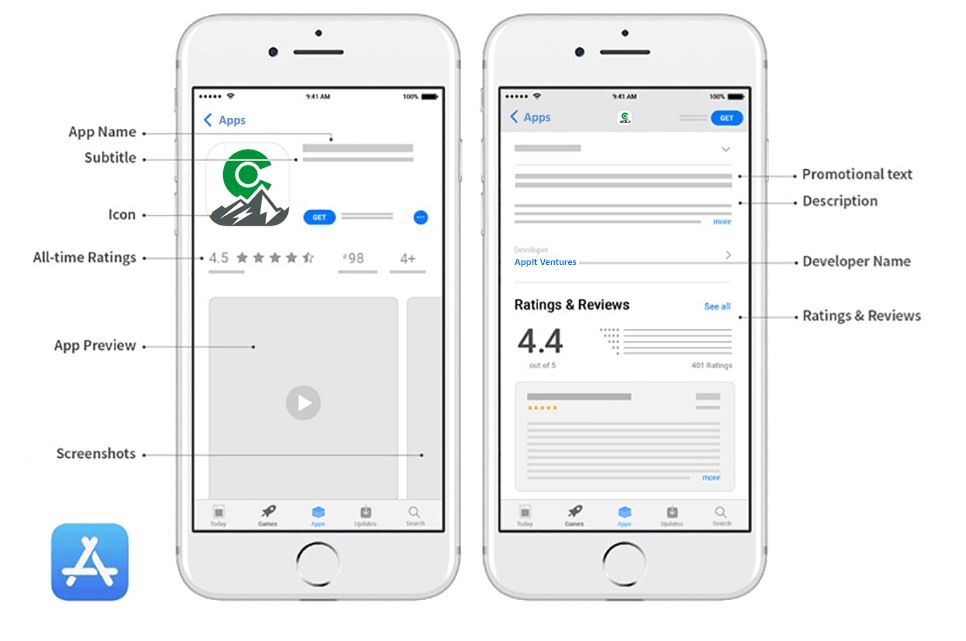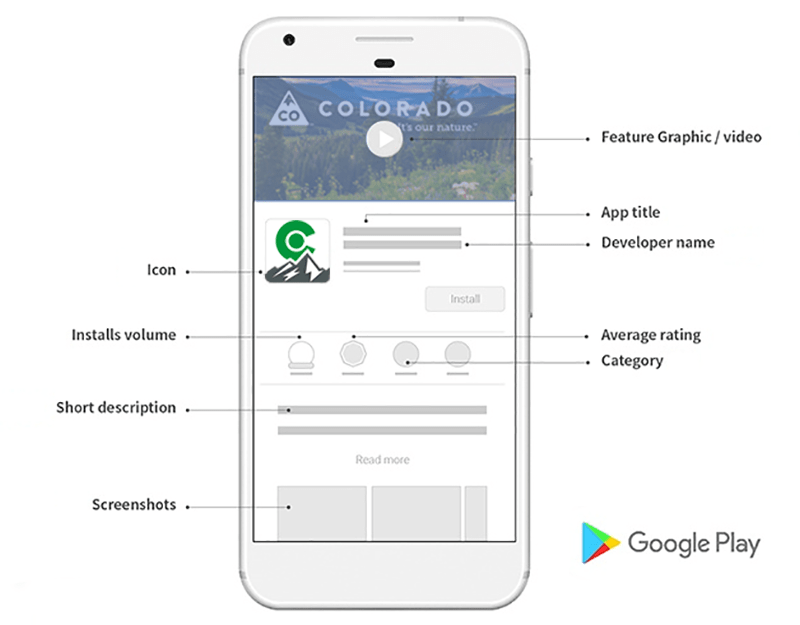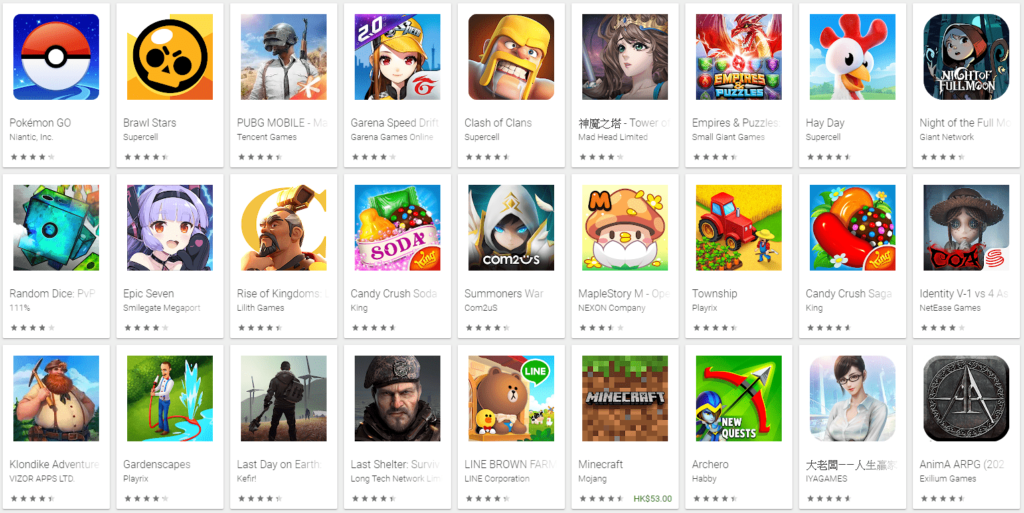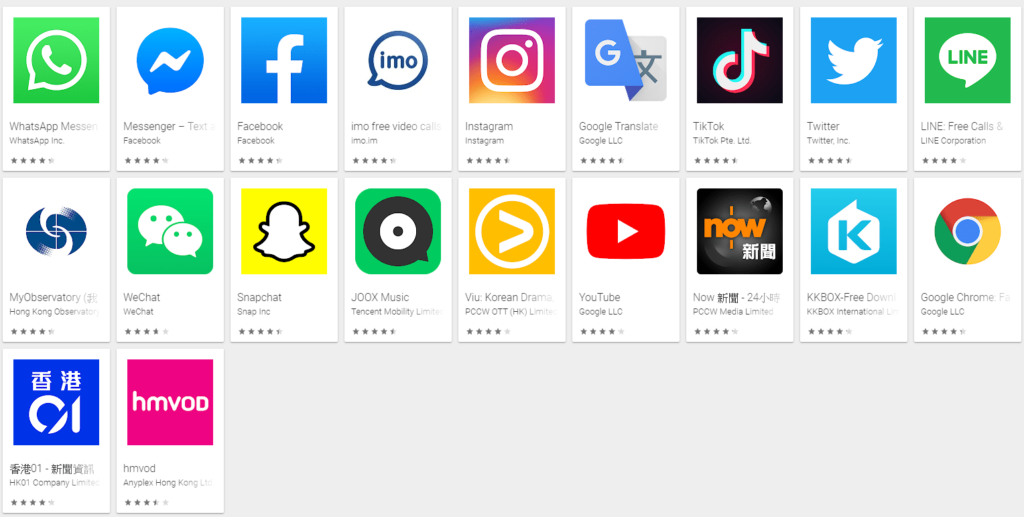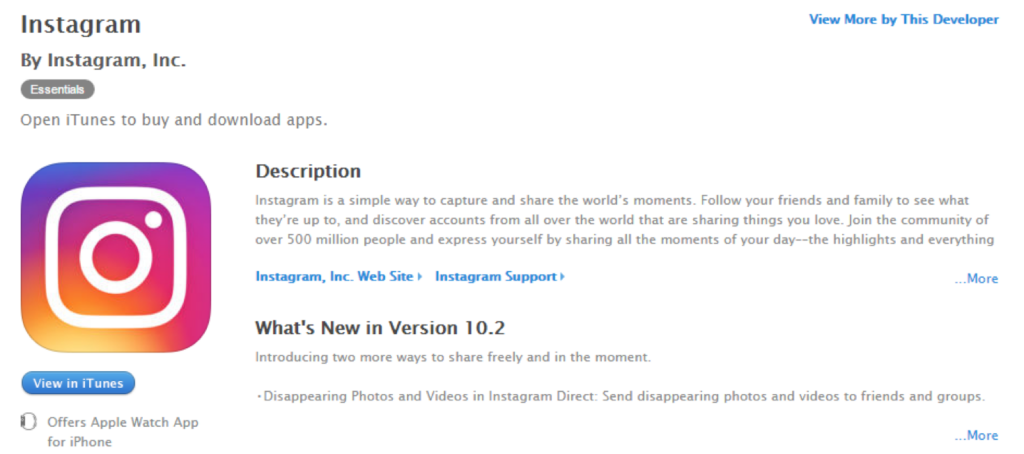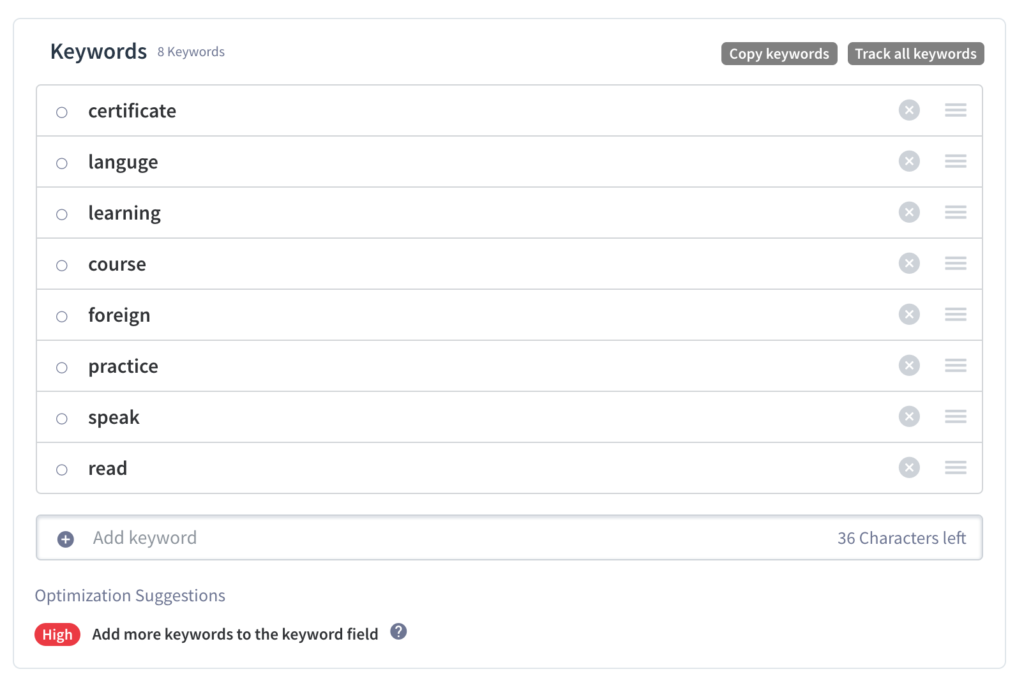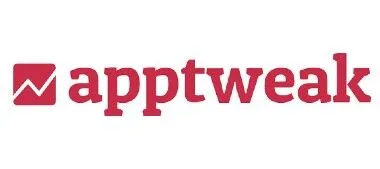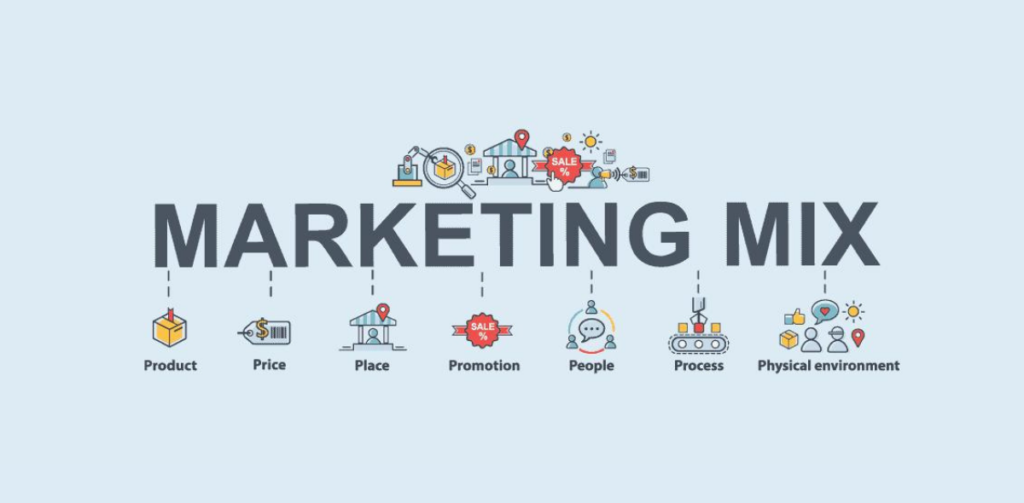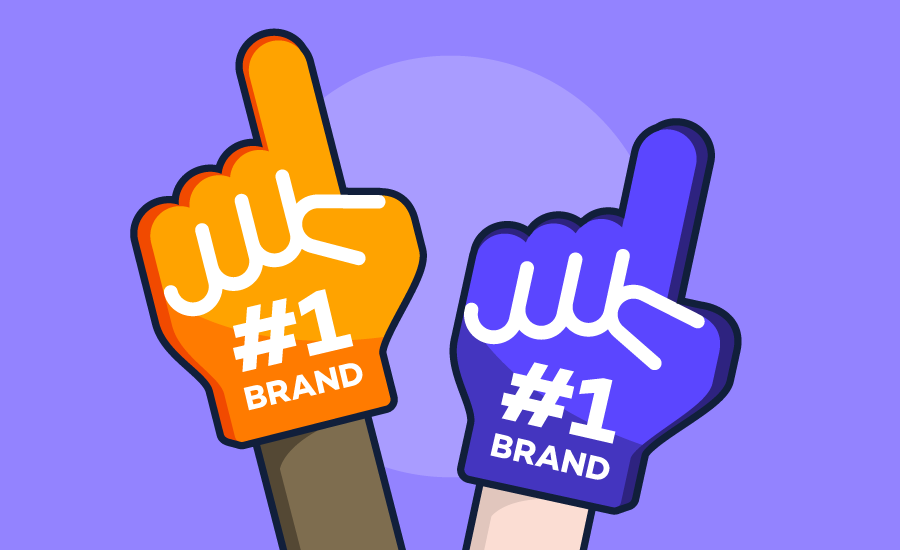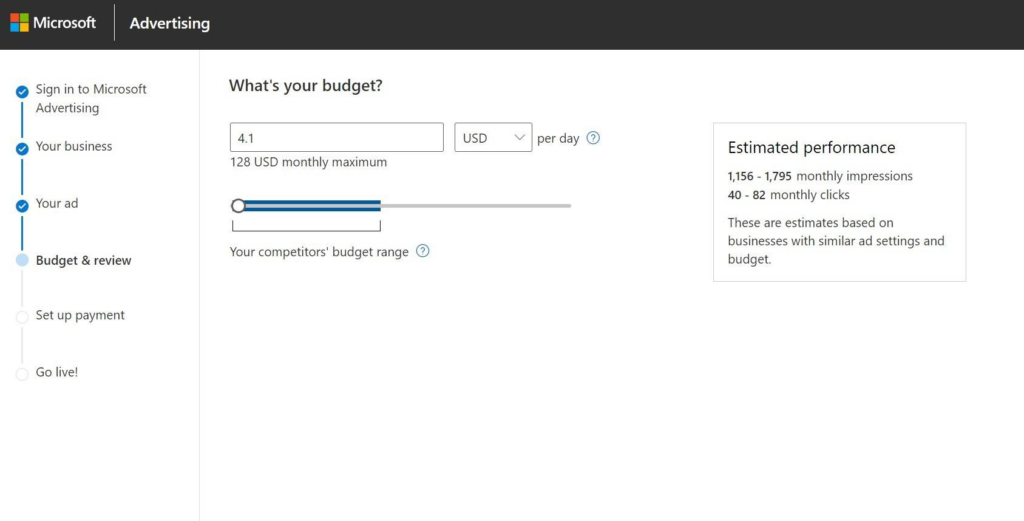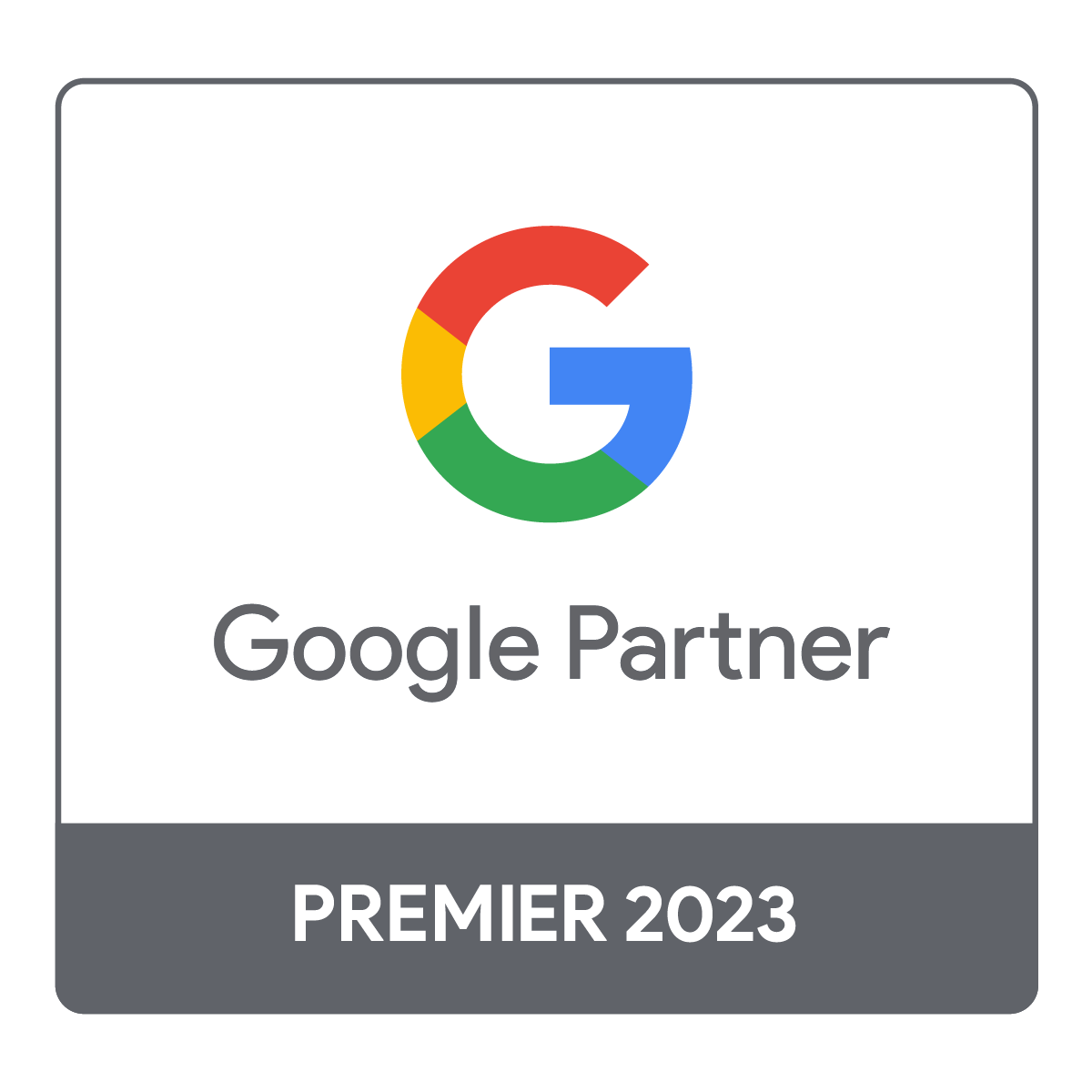Summary
A Google ranking penalty is imposed on websites that breach its Google Search Essentials, resulting in lower search rankings or even removal from search results, which cuts organic traffic. Penalties can be algorithm-driven or manually applied by Google staff for violations such as black-hat SEO tactics, low-quality links, or poor content. Recovery requires fixing the issues and, for manual penalties, requesting Google’s reconsideration.
Before we begin, check out this video on how Google perceives different SEO ranking factors in real life.
Table of contents
How Does Google Search Works?
When you search for something in Google, Google bots will scan indexed pages that align with the search, and prioritizing those deemed most relevant and of the highest quality for the user’s specific inquiry. Relevance is assessed using numerous criteria, including the user’s geographical location, language preference, and whether they’re using a desktop or mobile device. For example, a search for “SEO Agency” in the US would show US agencies, while searches in Hong Kong would show Hong Kong agencies instead.

For any business, ASO should be one of the pillars of its app marketing strategy.
Why Will Your Rankings Drop?
With over five years in the SEO field and having worked on more than 700 websites, I’ve seen my fair share of Google ranking drops. These experiences, ranging from internal website issues and competitive shifts to algorithm updates, have been invaluable. Each instance has been a learning opportunity, helping me to quickly diagnose the causes, strategize effective recovery plans, and often improve rankings beyond their original positions.
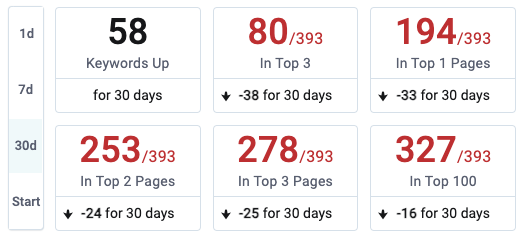
Step 1: Identify The Cause
The first step in addressing Google ranking drops is to analyze how the rankings have shifted. Here are some questions to ask yourself:
- Magnitude of Rank Drop: Is it a minor drop (less than 5 positions), moderate (5 to 10 positions), significant (20 or more positions), or a complete disappearance from SERP?
- Affected Pages: Are all pages affected, or just one or two?
- Clusters/Topics Impacted: Which specific clusters or topics are experiencing the drop?
- Nature of the Drop: Was the drop sudden or gradual over time?
- Google Algorithm Changes: Is there an ongoing Google algorithm update?
- Changes in SERP: Are there significant changes on the new Page 1 SERP?
- Competitors’ Performance: How are your main competitors faring in rankings?
- Keyword Ranking History: How long have your keywords been ranking previously?
- Unusual Site Activity: Are there any strange pages being created on your site without your knowledge?
The following table categorises different types of ranking drops, their likely causes, and the recommended actions to address them.
| Ranking Drop Scenario | Possible Cause | Action to Consider |
| Minor slips in ranking | Normal fluctuation | Often recover without intervention |
| Continuous slip over a quarter | Competition outperforming SEO efforts | Review and adjust SEO strategy |
| Specific pages’ rankings disappearing | Internal issues (e.g., no-index tag, disallow command) | Check for technical errors or changes on the SERP |
| Significant site-wide drop | Manual or algorithm penalty | Identify and rectify issues (more details in this blog) |
With this broad guide in mind, let us now dive deeper into specific issues.
Step 2: Align With Google Updates That Affect Rankings
Has your ranking drops been in the same date range when these updates have been rolled out? Here’s a summarized and updated list of Google’s significant algorithm changes since 2000, including their effects on keyword rankings:
| Google Update (Date) | Ranking Effects |
| Google Dance (2000) | Early fluctuations in search rankings due to periodic indexing by Google, causing noticeable shifts in SERP positions. |
| Boston (2003) | Initiated Google’s advanced algorithm development, refining link and anchor text evaluations for better search precision. |
| Florida (2003) | A crackdown on spammy SEO tactics, causing major ranking changes and encouraging a focus on quality content. |
| Caffeine (2010) | An infrastructure enhancement for faster, more accurate search indexing, not a penalty-based update. |
| Panda (2011) | Penalized low-quality and thin content, rewarding valuable, well-crafted information. |
| Venice (2012) | Improved local search ranking by integrating traditional search signals. |
| Penguin (2012-2016) | Series of updates targeting manipulative link-building, with the latter versions operating in real-time within the core algorithm. |
| Hummingbird (2013) | Overhauled Google’s core algorithm for a better grasp of queries’ intent and context. |
| Pigeon (2014) | Refined local business listings for more precise and relevant local search results. |
| Mobile-Friendly Update (2015) | “Mobilegeddon,” favoring mobile-optimized sites in mobile search rankings. |
| RankBrain (2015) | AI-based component of Hummingbird, interpreting complex queries to enhance result relevance. |
| BERT (2019) | Enhanced understanding of nuanced language in search queries for more accurate results. |
| Core Updates (2020-2023) | Broad updates impacting search results across various topics and industries. |
| Google Page Experience Update (2021) | Emphasized user experience factors like load times and stability. |
| Product Reviews Updates (2021-2023) | Focused on elevating the quality of review content in search results. |
| Helpful Content Updates (2022-2023) | Aimed to prioritize content usefulness and user value in rankings. |
| Spam Updates (2022-2023) | Addressed and penalized web spam tactics to protect search result quality. |
| Link Spam Update (2022) | Targeted spammy links to ensure the quality of backlinks. |
| Google Search Update (March 2024) | Latest integrated update to enhance the relevancy and quality of search results while addressing web spam. |
Google’s algorithm updates have progressively aimed at refining search quality, penalizing poor practices, and rewarding valuable, user-focused content.
Google March 2024 Spam Update
The March 2024 Google spam update caused a lot of low-quality websites to have a drop in rankings. Sites that once smoothly sailed through earlier updates are currently contending with the repercussions of Google’s rigorous new standards. I’ve identified several key tactics that could assist us in adapting to these modifications. Below is an in-depth examination of my findings:
- Check Your Backlinks: Even if your site has not received a manual penalty from Google, sites that are linking towards your website might have, and these backlinks from a deindexed / penalised domain would lead to a decrease in your rankings.
- Disavowing Links: Previously, we have moved this strategy away from our usual scope, as Google nowadays is smart enough to ignore poor backlinks instead of penalising your website directly. However, since it seems a lot of spammy websites are suffering manual penalties all over the place, we believe it is time to bring back the disavow of backlinks if you do find backlinks that are now being deindexed by Google.
- Non-AI Content Writing: Google has explicitly said that AI content does not necessary lead to a drop in keywords ranking. However, I’ve seen quite a lot of websites having a decrease in ranking, simply because the AI content is not delivering the same helpfulness of experienced, well-written articles. I advise to seriously monitor content quality, and not be lazy when writing your content.
- Monitoring Google Search Console (GSC): Given the inconsistency in Google’s communication about manual actions, I highlight the importance of regularly checking GSC for any penalties. We cannot rely solely on email notifications, as they may not always be sent.
- SERP Analysis: When your rankings drop, someone else must have taken your place. Have a look at what currently Google is preferring on their first page. What kind of websites are Google ranking nowadays? Do they have a significant amount of helpful content? Are their link portfolios much more cleaner? Are trustworthy websites using them as a backlink?
- Heading Structure Analysis: In extension of the above, are your competitors arranging their content in a much more organised manner? Are their headings providing a much clearer approach on the subject?
Like to learn more about well-crafted headlines for your ads?
We have a great blog post you can read to learn more fast!
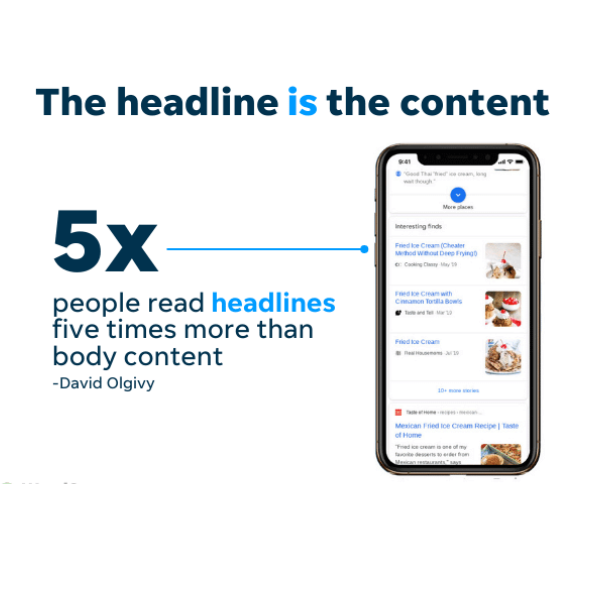
Step 3: Analysing Technical Issues
Many marketers believe that the only reason to focus on a website’s technical details is to satisfy search engines. Nonetheless, making a website speedy, clear, and easy to use should be the main priority. Fortunately, establishing a strong technological foundation for your website usually leads to an improved user experience that is advantageous to search engines as well.
Internal Website Signals Impacting Google Indexing
Certain internal website setups may mistakenly instruct Google not to index a page or the entire site. Understanding and resolving these issues is critical for regaining your site’s presence in search results.
- No Index Tag: When applied to pages, this tag directs search engines not to index them.
- Disallow Command in Robots.txt: This command prevents search engines from indexing certain pages or portions of your site.
- Canonical Tag Issues: A canonical tag linking to another website might cause Google to prioritise the incorrect page for crawling.
- Pages added to Google Search Console’s temporary removal tool will be removed from search results for the time selected.
If your website struggling to be seen in search results. Google Search Console can be a valuable tool in such instances. It provides reports to pinpoint crawl and index errors that could be hindering your website’s searchability. Upon identifying the issue through Search Console, you can rectify the situation by making the necessary adjustments to your website’s settings to grant Google proper access. This process might entail the removal of a specific code or tag. By taking these steps, you’ll help Google crawl and index your pages efficiently, leading to better website visibility in search results.
JavaScript Issues Leading to Ranking Drops
JavaScript can enhance user experience but also pose challenges for Googlebot’s crawling and indexing.
JavaScript Internal Links
When crucial internal links are in JavaScript, Googlebot may struggle to crawl them, affecting the site’s internal link structure and SEO. In this case, I would recommended avoiding the use of javascript links entirely as Google has repeatedly emphasised that they cannot crawl such links. Links must be within the <a href> codes to ensure Google following the links.
JavaScript for Rendering Content
Essential content rendered through JavaScript might not be indexed effectively if Googlebot faces difficulties in processing it. For content rendering, I recommend using the Astro framework for building content driven websites, because it is much faster, and Google can definitely pick up the content from this framework.
Blocking JavaScript Files
Disallowing JavaScript files in robots.txt or conflicting codes can prevent Googlebot from rendering and understanding your page correctly. If this is the case, simply remove the command or modify it in your robots.txt file. You can also test your robots.txt files in your Google Search Console before making such implementations.
Negative SEO Attacks
Negative SEO attacks can severely harm a website’s ranking and reputation. Let’s explore the three common forms of these attacks and the appropriate response strategies.
Spammy Link Building Attacks
Signs: A sudden influx of poor-quality and spammy links pointing to your website. These links often originate from malicious or irrelevant sites, possibly already penalized by Google. The anchor texts might include irrelevant or adult terms, or money-related keywords, falsely suggesting black-hat SEO tactics.
Discovery: Use third party link audit tools such as Ahrefs or Semrush. Alternatively, GSC’s link report will show new links to your website, which might reveal suspicious looking domains.
Response: Conduct a thorough audit of your link profile. Use the Disavow Tool to remove these harmful links. Ideally, try to get these links removed directly by contacting the webmasters of the linking sites.
Content scraping
This involves stealing content from a website and publishing it on another website. This can dilute the value of the original content and make it harder for the website to rank for relevant keywords.
Signs: A sudden drop in website traffic, duplicate content appearing on other websites, a decrease in website ranking for specific keywords, and alerts from Google Search Console about unnatural inbound links.
Discovery: Use website monitoring tools to track changes in content and backlinks. Schedule regular checks for duplicate content using plagiarism checkers. Analyze website traffic sources to identify suspicious spikes or drops.
Response:Investigate the websites hosting the scraped content and analyze the type of content being stolen (articles, product descriptions, etc.). Once you’ve identified the scraper, reach out to them. A cease-and-desist letter demanding removal of the scraped content is a common approach. You can also consider offering the scraper an alternative solution, such as access to your content through an API.
In addition to contacting the scraper, you can implement technical measures to make scraping more difficult. A robots.txt file can be used to restrict access to specific folders or files on your website that you don’t want scraped. Header tags like “noindex” or “nofollow” can be added to specific pages to prevent search engines from indexing scraped content. Watermarking your content with a subtle logo or text can also be a deterrent. In severe cases, consulting with a lawyer to explore copyright infringement claims may be necessary.
Website Hacking
Signs:Your website gets hacked, leading to the creation of thousands of pages with nonsensical, spam, or foreign language content. These pages might include outbound links to malicious or adult sites.
Discovery: Use the ‘site:’ search in Google or check in Google Search Console (GSC) to spot these rogue pages.
Response: Engage a cybersecurity firm to remove these pages and secure your website and use Google’s Temporary Removal Tool to remove these pages from search results.
Some webmasters might attempt to block these pages using the robots.txt file. However, this method’s effectiveness varies. While it can lead to rank recovery for some, others have found that it prevents Googlebot from recognising the removal of these pages, continuing the penalty.
Due to the varied outcomes, a test-and-observe approach is recommended. Monitor your site’s performance closely after implementing these measures to gauge their effectiveness in recovering your rankings.
Dealing with negative SEO requires a careful, strategic approach. Quick detection and prompt action are key to mitigating the impact of such attacks on your website’s SEO performance.
The ‘Honeymoon Effect’ in SEO
Freshly launched websites or newly published pages frequently undergo the ‘Honeymoon Effect’ in Google’s search rankings. A temporary visibility boost, while intriguing, can also be misleading for SEO professionals.
What Happens: Upon encountering new content, Google may strategically position it higher in search results. This initial boost is believed to serve as a data collection phase, allowing Google to gather user interaction metrics and assess the content’s relevance.
Subsequent Ranking Refinement: After the initial indexing, you may see these rankings undergo a downward adjustment, settling at a position that more accurately reflects the content’s inherent SEO value. This adjustment is perfectly normal; it signifies Google’s evolving understanding of the content’s placement within the broader search ecosystem.
Keep calm and do SEO: Don’t be surprised by this pattern with new content. It’s simply Google’s way of evaluating new information. The key is to stay focused on core SEO principles. This means creating top-notch content, prioritising a user-friendly experience, and building a strong backlink profile. These efforts will ultimately help your content land in its rightful ranking spot, beyond the honeymoon phase.
Case Study 1
Situation Overview
A prominent Hong Kong-based e-commerce website saw a drastic decline in Google rankings after being targeted by negative SEO involving spammy backlinks. The issue surfaced when multiple blog posts, overly saturated with outbound links to the e-commerce site, were distributed across low-quality domains. These posts were populated with an overuse of exact-match keywords, terms in which the site was previously ranking well.
Issue Development
These blog posts with unnaturally high link densities were rapidly duplicated across a network of low-authority websites, generating a flood of backlinks to the e-commerce site. The spike in backlinks was perceived by Googlebot as an indicator of potential manipulative link-building tactics. The unnatural anchor text distribution, focusing largely on commercial keywords, further signaled to Google’s algorithms that the site might be attempting to influence its rankings through deceptive practices.
Google’s Reaction
In line with Google’s strict policies against manipulative link-building, the algorithm identified the site’s backlink profile as suspicious and imposed a penalty. This punitive action led to a precipitous decline in the site’s positions for key search terms, which in turn caused a significant drop in organic traffic and potential revenue.
Analysis
The crux of the problem was the artificial backlink strategy, which was compounded by the involvement of low-quality Hong Kong-centric websites. These sites, known for copying content, magnified the e-commerce site’s SEO issues by creating a backlink profile that appeared to be the result of an orchestrated attempt to manipulate SERPs.
Resolution Steps
An exhaustive link audit was the first step, identifying all the damaging backlinks. The team then utilized the Disavow Tool provided by Google to reject links from these detrimental sources. Outreach was conducted to the administrators of the higher-quality sites that had shared the content, requesting link or content removal. Furthermore, the internal marketing team was briefed on the importance of diversifying anchor text and encouraged to engage in more sustainable link-building practices.
Outcome
After the implementation of these measures and a formal reconsideration request to Google, the e-commerce site began to see a gradual reinstatement of its previous rankings. The process was iterative, as the disavow file had to be updated regularly due to the persistent spread of the original content across new low-quality sites. Moving forward, the site placed a greater emphasis on following Google’s recommended practices for SEO, particularly regarding link acquisition and the distribution of their content.
Case Study 2
Situation Overview
A well-established Hong Kong travel website experienced a sharp decline in Google search rankings after an algorithm update. The downturn was traced back to a series of guest blog posts that contained a high volume of backlinks with overly optimized anchor text. These anchors were exclusively focused on high-competition keywords related to Hong Kong travel and tourism.
Issue Development
Shortly after these guest posts went live, they were replicated across various content farms and aggregator sites, notorious for their low-quality content. This replication led to a surge of backlinks that was quickly picked up by Google’s algorithms. The unnatural proportion of keyword-rich anchor text across these backlinks suggested to Google that the travel website might be involved in manipulative link practices.
Google’s Reaction
Google’s updated algorithm is designed to punish what it deems to be artificial link patterns and black-hat SEO techniques. Consequently, the travel website was hit with a ranking penalty. This demotion in search rankings resulted in a loss of online visibility, which is particularly crucial for the competitive travel industry.
Analysis
The travel website’s backlink profile became its Achilles’ heel, with the guest blog posts’ keyword-stuffed anchor text and the subsequent duplication of these posts across dubious sites painting a picture of an attempt to game the system.
Resolution Steps
The recovery strategy included a comprehensive backlink audit to identify the problematic links. We then used the Disavow Tool to reject these links. Outreach efforts were made to have the duplicated content removed or the links stripped from reputable sites. We also advised their marketing team to diversify their content strategy, reducing reliance on guest blogging with high keyword densities, and instead, focus on creating engaging, informative content that could earn natural backlinks.
Outcome
Following the implementation of these remedial actions and a submission of a reconsideration request to Google, the travel website observed a gradual improvement in its search rankings. However, this recovery was ongoing and required continuous monitoring and updating of the disavow file due to the persistent spread of the backlink issue. The website also committed to a long-term strategy centered around authentic SEO practices, with a renewed focus on creating user-centric content that naturally appealed to both users and search engines.
Case Study 3
Situation Overview
A financial services website in Hong Kong suffered a sudden drop in Google rankings, attributed to a wave of negative SEO attacks. The problem started when multiple articles featuring high-density keyword links to the website were published on various low-quality financial forums and pseudo-news websites.
Issue Development
These articles, laden with aggressive anchor text using specific financial terms, were swiftly replicated across a network of spammy sites. The rapid proliferation of these links, coupled with their over-optimized anchor text, caught Googlebot’s attention. The pattern resembled tactics commonly seen in black hat SEO, such as link schemes designed to manipulate page rank.
Google’s Reaction
In response to what appeared to be a contrived backlink strategy, Google’s algorithmic filters penalized the financial services website. This penalty led to a demotion in the website’s search rankings for key financial terms, significantly reducing its online visibility and undermining its credibility in a highly competitive market.
Analysis
The core issue was the website’s sudden and unnatural backlink profile, primarily due to the propagation of keyword-stuffed articles across platforms that Google deems untrustworthy. This profile suggested that the website might be trying to unduly influence its search rankings.
Resolution Steps
The remediation process began with a meticulous link audit to identify all the negative backlinks. We then submitted these links to Google’s Disavow Tool to sever the association with the harmful sites. Outreach was initiated to request content removal from the more cooperative sites that had shared the articles. The website’s internal content strategy was overhauled to prioritize organic link-building and to avoid practices that could result in a similar predicament in the future.
Outcome
Once the disavow file was in place and a reconsideration request was filed with Google, the financial services website started to see an incremental recovery in its rankings. This process took time and required vigilance, as each new wave of copied content across spammy sites necessitated updates to the disavow list. The website also embraced a more robust SEO strategy, focusing on quality content creation and legitimate backlink acquisition to ensure compliance with Google’s guidelines and to safeguard against future ranking volatility.
Case Study 4
Situation Overview
A Hong Kong education portal, renowned for its university and career resources, experienced an abrupt decline in Google search rankings. The decline was traced to a batch of articles with an unnatural number of backlinks pointing to the portal. These articles, hosted on various low-tier educational blogs, were stuffed with academic and career-related keywords as anchor text.
Issue Development
The problematic articles quickly spread across a multitude of copycat sites and link farms, all contributing to an influx of low-quality backlinks to the education portal. Google’s web crawlers, detecting a spike in backlink volume coupled with repetitive keyword-rich anchor text, flagged the pattern as indicative of potential manipulative link-building tactics.
Google’s Reaction
In accordance with its sophisticated algorithm designed to maintain the integrity of search results, Google imposed a ranking penalty on the education portal. The penalty resulted in a demotion in search visibility for numerous education-related keywords, which was detrimental to the portal’s traffic and its role as an educational resource.
Analysis
The sudden aggregation of keyword-dense backlinks from dubious sources led to the portal’s backlink profile appearing artificially inflated, a red flag for Google’s anti-spam measures. The concentration of links from low-authority sites further compounded the issue, signaling a breach of Google’s Webmaster Guidelines.
Resolution Steps
To address the penalty, the we embarked on a comprehensive backlink audit to identify and list the negative backlinks. Through Google’s Disavow Tool, the team disavowed the links from the identified domains. Concurrently, they conducted outreach to the owners of the more reputable sites that had replicated the content, requesting link removal or nofollow attributes on the backlinks. The portal also revised its content strategy to focus on generating high-quality, informative content that would attract natural backlinks.
Outcome
Following the submission of a disavow file and a reconsideration request to Google, the education portal began to see a progressive restoration of its prior search rankings. This recovery was an ongoing effort, with regular updates to the disavow file as new problematic backlinks were identified. The portal also intensified its commitment to ethical SEO practices, ensuring future content and backlink strategies were in strict alignment with Google’s best practice recommendations, thereby safeguarding the site from similar issues moving forward.
Final Thoughts
Navigating the complexities of Google ranking drops can be a daunting task, even for the most seasoned webmasters and marketers. Each case study we’ve explored underscores the multifaceted nature of SEO and the need for a strategic, well-informed approach to tackle these challenges.
The value of engaging an experienced SEO professional in such situations cannot be overstated. An expert in the field can efficiently diagnose the root cause of a ranking drop and implement effective strategies to not only recover lost rankings but also to bolster your site’s overall SEO health. This expertise is particularly crucial when dealing with intricate issues like algorithm updates, negative SEO attacks, or technical anomalies.
At First Page, we pride ourselves on our team of seasoned SEO agency specialists who bring a wealth of experience and a track record of success. Our professionals are equipped with the latest tools and insights, ready to address any SEO challenge head-on. Whether it’s a sudden ranking drop or a long-term SEO strategy, our team is adept at crafting tailored solutions that align with your unique business goals.

Ready to reach top conversions?
We know you want to make real money! Get ready to convert customers like crazy. Please do not delay. Contact us today!
Unsure of getting in touch? We don’t bite! If you’d prefer, we invite you to learn more about our Landing Page services. Don’t delay, get ahead of the competition now!
What other marketing tactics can you use to beat your competition?
Here are some helpful marketing tactic blogs that can help you break all your past sales records, and your competition in the process:
- Perfect Your Email Marketing Strategy Now
- What Are The Top Ppc Ideas You Ought To Know?
- Social Media Strategies: Successful Ones You Can Learn From
- Helpful Content Tips: Get Noticed Before The Competition
- 6 Easy Digital Marketing Hacks To Increase Your Leads
Are you a busy business owner? You may not have the time to run the marketing tactics you need to make money regularly. If this is the case, we encourage you to review some of our strategic marketing services to drive more sales:
- SEO for your business to drive qualified leads
- Social media management for improved brand awareness
- Linkbuilding to drive organic traffic to your website
- Top converting landing pages to convert your leads
- Email marketing campaigns to bring in referrals


